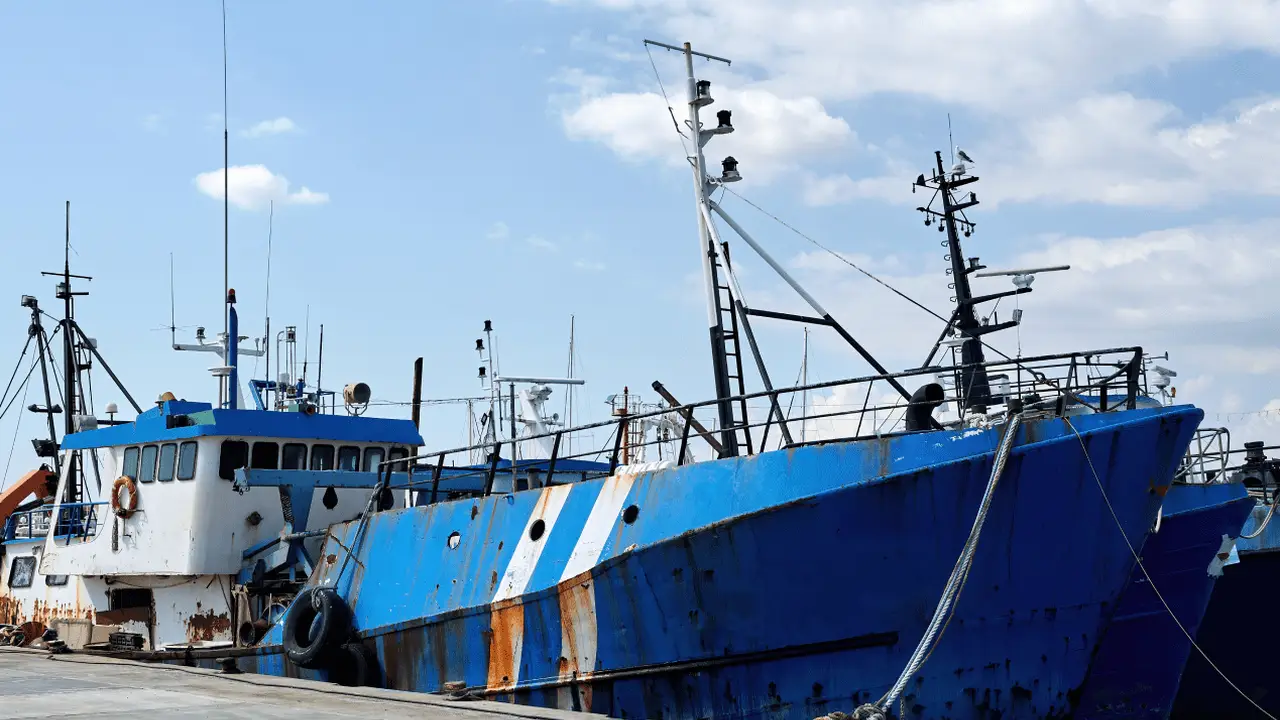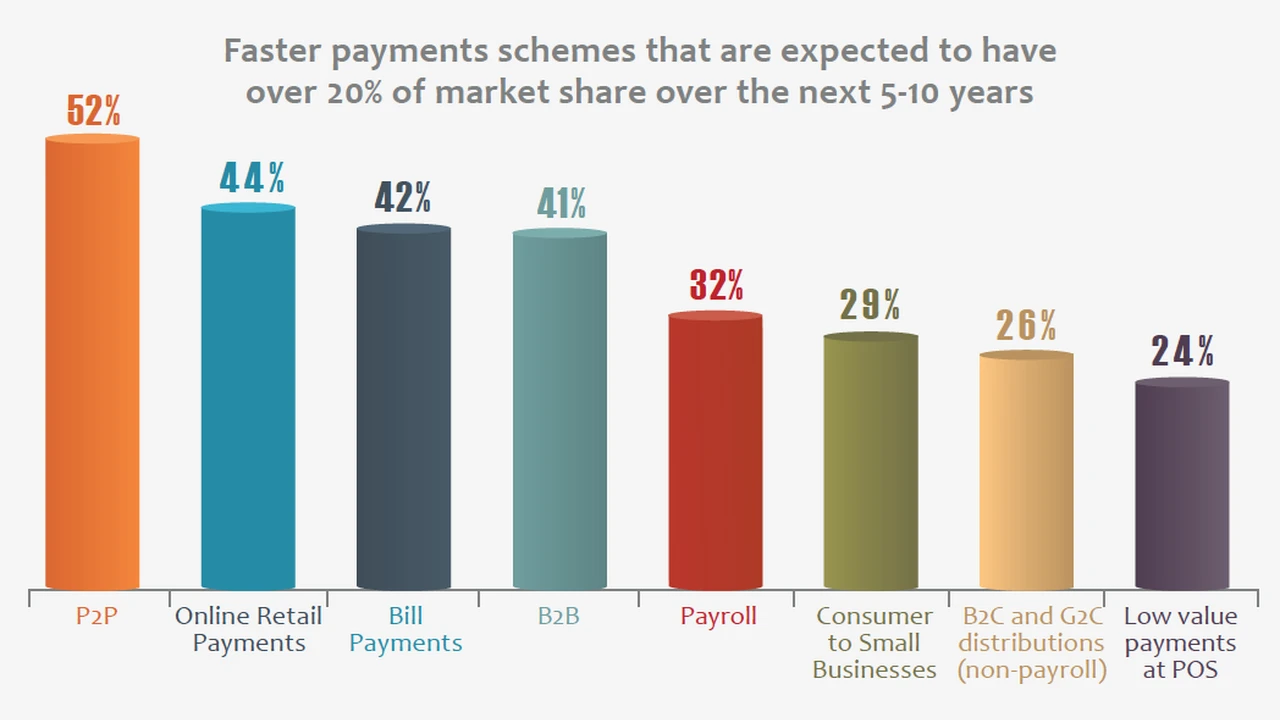The Future of E-commerce Logistics in SEA & Mexico: Trends and Predictions
Sample meta description.

Navigating the E-commerce Boom in SEA & Mexico: Logistics Challenges & Opportunities
Hey there, e-commerce enthusiasts! Southeast Asia (SEA) and Mexico are experiencing explosive growth in online shopping. We're talking serious numbers, folks. But with all that growth comes... well, growing pains. Specifically, logistics. Getting packages from warehouses to customers quickly and affordably is *the* challenge. Let's dive into what's happening and how businesses are adapting.
Think about it: diverse geographies, varying infrastructure, and different consumer expectations. What works in Singapore might completely flop in the Philippines. And Mexico? It's a whole other ballgame. So, what are the key trends shaping e-commerce logistics in these regions?
Key Trends Shaping E-commerce Logistics: Infrastructure, Technology & Consumer Demands
First up: Infrastructure Development. Governments and private companies are pouring money into improving roads, ports, and airports. This is crucial. Better infrastructure means faster delivery times and reduced costs. We're seeing more efficient cargo handling and smoother transportation networks, especially in major cities.
Next, Technological Advancements. This is where things get really exciting. We're talking about AI-powered route optimization, real-time tracking, and automated warehouse management systems. Companies are using data to predict demand, optimize delivery routes, and personalize the customer experience. Think about apps that let you track your package every step of the way – that's technology in action!
And finally, Changing Consumer Demands. Customers want it all: fast delivery, affordable shipping, and hassle-free returns. They expect transparency and control over their orders. This is pushing businesses to offer more flexible delivery options, such as same-day delivery, scheduled delivery, and click-and-collect services. If you're not meeting these expectations, you're going to lose customers. Plain and simple.
Last-Mile Delivery Solutions: Overcoming the Final Hurdle in SEA & Mexico
Ah, the infamous "last mile." It's the most expensive and challenging part of the entire logistics process. In SEA and Mexico, this is particularly tricky due to traffic congestion, complex urban layouts, and a lack of standardized addressing systems. So, what are the solutions?
One popular approach is Micro-Warehousing. Instead of relying on a single, centralized warehouse, companies are establishing smaller distribution centers closer to customers. This reduces delivery distances and allows for faster turnaround times. Think of it like having mini-warehouses strategically located throughout the city.
Another trend is the rise of Alternative Delivery Methods. We're talking about everything from motorcycles and bicycles to drones and even crowdsourced delivery. In areas with heavy traffic, motorcycles and bicycles can navigate the streets much faster than cars. Drones are still in their early stages, but they hold tremendous potential for delivering packages to remote or hard-to-reach areas. And crowdsourced delivery, where individuals use their own vehicles to deliver packages, is becoming increasingly popular, especially in urban areas.
Don't forget about Partnerships with Local Players. Navigating the complexities of local regulations and customs can be daunting. Partnering with local logistics providers who have a deep understanding of the market can be a game-changer. They can help you navigate the regulatory landscape, manage customs clearance, and optimize your supply chain.
E-commerce Logistics Tech Stack: Must-Have Tools for Success
Okay, let's talk about the tools you need to make all this happen. The right technology can streamline your operations, improve efficiency, and enhance the customer experience.
First, you need a robust Warehouse Management System (WMS). This software helps you manage your inventory, track orders, and optimize warehouse operations. It automates tasks such as receiving, picking, packing, and shipping, reducing errors and improving efficiency.
Next, you need a Transportation Management System (TMS). This software helps you plan, execute, and optimize your transportation operations. It allows you to track shipments in real-time, optimize delivery routes, and manage your fleet of vehicles.
And finally, you need a Customer Relationship Management (CRM) system. This software helps you manage your customer interactions and track customer data. It allows you to personalize the customer experience, provide better customer support, and build stronger relationships with your customers.
Product Recommendations: Optimizing Your Logistics with the Right Tools
Alright, let's get specific. Here are some tools and products that can really make a difference in your e-commerce logistics operations in SEA and Mexico:
1. Shippo: Simplifying Shipping for E-commerce Businesses
Product: Shippo
Use Case: Shippo is a multi-carrier shipping platform that allows you to compare rates from different carriers, print shipping labels, and track shipments all in one place. It integrates with popular e-commerce platforms like Shopify, WooCommerce, and Magento, making it easy to manage your shipping operations.
Comparison: Compared to manually comparing rates from different carriers, Shippo saves you time and money. It also offers discounted rates, making it an affordable option for small and medium-sized businesses. Alternatives include EasyPost and ShipStation, but Shippo is often praised for its user-friendly interface and competitive pricing.
Pricing: Shippo offers a free plan for businesses that ship less than 50 orders per month. Paid plans start at $10 per month and offer additional features such as custom branding and advanced analytics.
2. Locus: AI-Powered Route Optimization for Last-Mile Delivery
Product: Locus
Use Case: Locus is an AI-powered route optimization platform that helps you optimize your delivery routes, reduce fuel consumption, and improve delivery efficiency. It takes into account factors such as traffic conditions, delivery time windows, and vehicle capacity to generate the most efficient routes.
Comparison: Compared to traditional route planning methods, Locus can significantly reduce your delivery costs and improve your delivery times. It also offers real-time tracking and delivery confirmation, providing you with greater visibility into your operations. Other options are Onfleet and Routific, but Locus stands out due to its advanced AI capabilities and its focus on emerging markets.
Pricing: Locus offers customized pricing based on your specific needs and requirements. Contact them for a quote.
3. Zebra Technologies: Rugged Mobile Computers for Warehouse Operations
Product: Zebra TC21/TC26 Series
Use Case: Zebra's TC21/TC26 series are rugged mobile computers designed for warehouse and field service applications. They can be used for tasks such as inventory management, order picking, and delivery tracking. They are durable, reliable, and equipped with features such as barcode scanning and wireless connectivity.
Comparison: Compared to using consumer-grade smartphones for warehouse operations, Zebra's rugged mobile computers are built to withstand the harsh conditions of a warehouse environment. They are also designed for all-day use, with long battery life and ergonomic designs. Alternatives include Honeywell and Datalogic, but Zebra is known for its robust build quality and comprehensive feature set.
Pricing: The Zebra TC21/TC26 series starts at around $700 per device, depending on the configuration and features.
4. Packhelp: Custom Packaging Solutions for E-commerce Brands
Product: Packhelp
Use Case: Packhelp offers custom packaging solutions for e-commerce brands. You can design your own boxes, mailers, and other packaging materials with your company logo and branding. This helps you create a memorable unboxing experience for your customers and reinforce your brand identity.
Comparison: Compared to using generic packaging materials, Packhelp allows you to create a unique and personalized unboxing experience. This can help you differentiate your brand from the competition and build customer loyalty. Alternatives include UPrinting and VistaPrint, but Packhelp specializes in e-commerce packaging and offers a wide range of customizable options.
Pricing: Packhelp's pricing varies depending on the type of packaging, the quantity, and the level of customization. You can get a quote on their website.
The Future is Now: Adapting to the Changing E-commerce Landscape
Look, the e-commerce landscape in SEA and Mexico is constantly evolving. To succeed, you need to be agile, adaptable, and willing to embrace new technologies and strategies. Focus on building strong partnerships, optimizing your last-mile delivery, and providing a seamless customer experience. And don't be afraid to experiment and try new things. The future of e-commerce logistics is bright, but it's up to you to seize the opportunity. Get out there and make it happen!
:max_bytes(150000):strip_icc()/277019-baked-pork-chops-with-cream-of-mushroom-soup-DDMFS-beauty-4x3-BG-7505-5762b731cf30447d9cbbbbbf387beafa.jpg)






